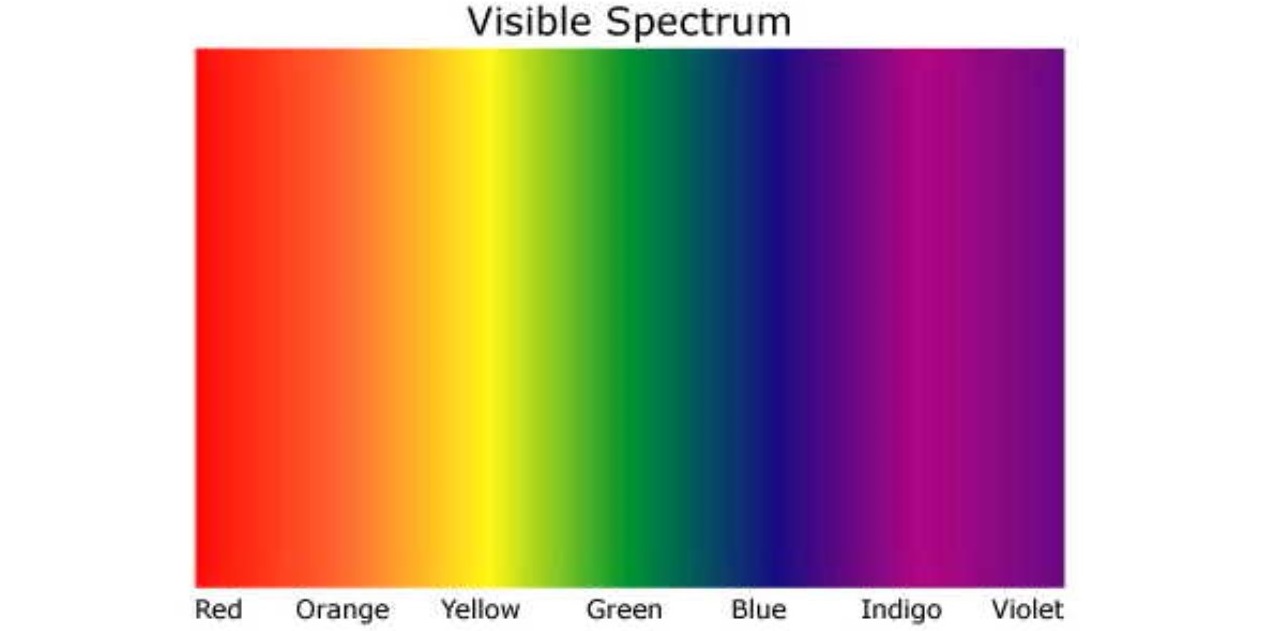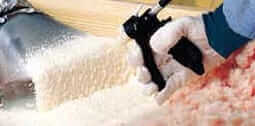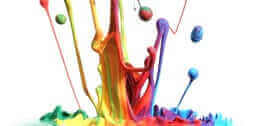AWF Blog
Thank you Roy! What is Full Spectrum Anyway?
Posted by Martin Z on Sep 19th 2014

Red, Orange, Yellow, Green, Blue, Indigo, Violet
The colors of the rainbow, or if you remember your science class, the colors of the spectrum.

Using these colors in combination, you can make up almost any color imaginable. Mixers of paint, dyes and coatings use this color pallet to produce the desired end color. In addition to the basic spectrum, color mixers may also use white or black in the mix to lighten or darken the final color. This is the way most commercial paints dyes and coatings are made.
Recently the term "Full Spectrum" has come into popular use by some manufacturers and resellers of paint and coatings. The reasoning behind this is that the colors are mixed as an artist would, using as many as 7-12 different pigments to mix a color without the use of black or white. The result you are supposed to have is a final color that's more alive and vibrant than colors mixed in the standard way. For many this is highly subjective. They are willing to pay the extra cost for these "Full Spectrum" paints. Where a standard gallon of paint may run $25-$30, these full spectrum paints can cost from $60 on up. As with many things you get what you pay for. The costlier paint will usually have better resins, binders and pigments than the cheaper paint along with the special mix of pigments to get that desired color.

In other cases the term "Full Spectrum" has become the buzz word of the moment. Any range of bright rainbow colors is now labeled "Full Spectrum".
Are these the same as "Full Spectrum" paints? No.
Can they guarantee they are a combination of 7-12 different pigments? No.
Will you be happy with the color? That's up to you. If you're happy with the color, use it. If you want to call it Full Spectrum, we won't tell.
Just remember one company's definition of "Full Spectrum" is not the same as another company's. Be a careful consumer; ask questions and make informed choices.
Oh yeah, who's Roy? Going back to science class we were told to remember the name Roy G Biv. This stood for Red, Orange, Yellow, Green, Blue, Indigo, and Violet, the colors of the spectrum.
Photo Credits:
http: //www.freefever.com/wallpaper/1920×1080/wallpaper-smileys-description-abstract-rainbow-wallpapers-50722. html
http://gosperk.wikispaces.com/Electromagnetic+Spectrum+%26+Light





